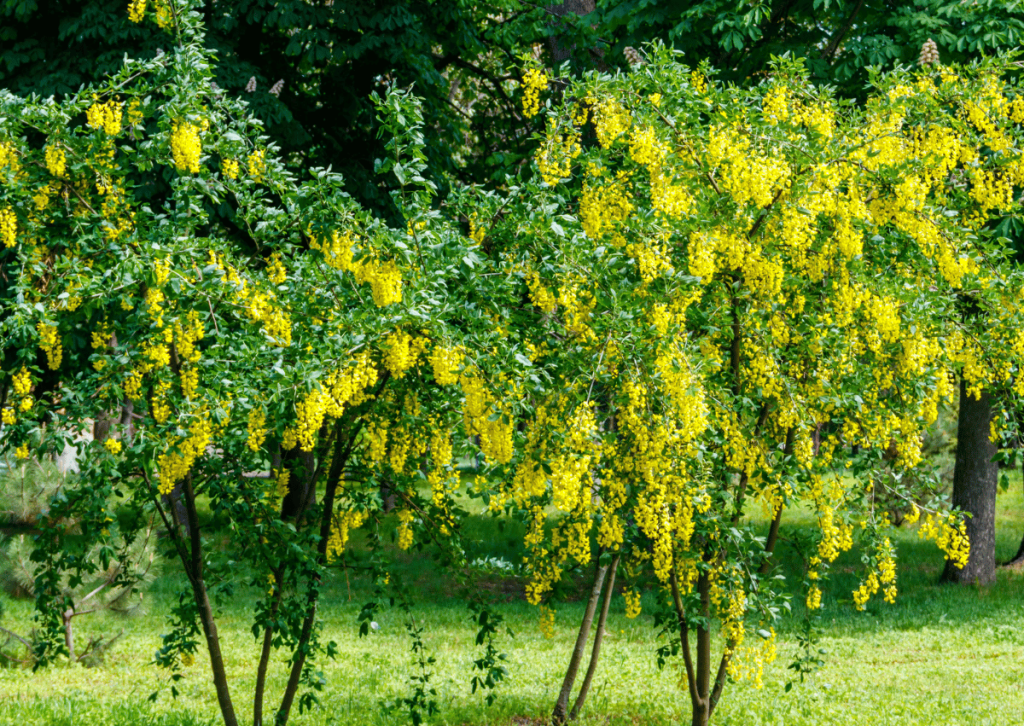
Siberian Pea Shrub
Caragana arborescens
Basic Information
🌿 Family: Fabaceae🗺️ Zone: 2-7
Other Names:
- Siberian Pea Tree
- Caragana
🌡️ Ideal Temperature : 60°F – 75°F
🔥 Heat Tolerance: Up to 85°F
❄️ Cold Tolerance: Down to -40°F
🌱 Type: Perennial
Layers
- Shrub
Functions
- Edible
- Nitrogen Fixer
- Windbreaker
- Erosion Control
- Animal Fodder
Pests
No pests associated with this plant.
Description
Siberian Pea Shrub (*Caragana arborescens*) is a deciduous shrub or small tree native to Siberia and parts of China and Mongolia. It typically grows between 3 to 5 meters (10 to 15 feet) tall, featuring light green, pinnately compound leaves with multiple small leaflets. In spring, it produces bright yellow, pea-like flowers, which give way to greenish-brown seed pods by early summer. The plant is known for its hardiness, tolerating extreme cold, drought, and poor soil conditions. It thrives in full sun and is adaptable to various soil types, including sandy and loamy soils.
✂️🫘 Methods to Propagate:
Propagation is commonly achieved through seeds, which should be scarified and soaked before planting to enhance germination. Alternatively, softwood cuttings taken in early summer can be used.
🌞💧 Sun and Water Requirements:
Prefers full sun exposure and is drought-tolerant once established. Regular watering during the initial growth period helps establish a strong root system.
🧑🌾👩🌾 When to Harvest:
Seed pods mature in mid to late summer. Harvest when pods turn brown and begin to dry; they may split open, so timely collection is essential.
Purpose
- **Edible:** Seeds are edible and can be cooked for human consumption; they are also used as poultry feed.
- **Nitrogen Fixer:** As a legume, it enriches soil fertility by fixing atmospheric nitrogen.
- **Windbreaker:** Its dense growth makes it effective as a windbreak, protecting other plants and reducing soil erosion.
- **Erosion Control:** Extensive root system stabilizes soil, preventing erosion on slopes and disturbed sites.
- **Animal Fodder:** Provides forage for livestock and wildlife, especially in regions with harsh climates.